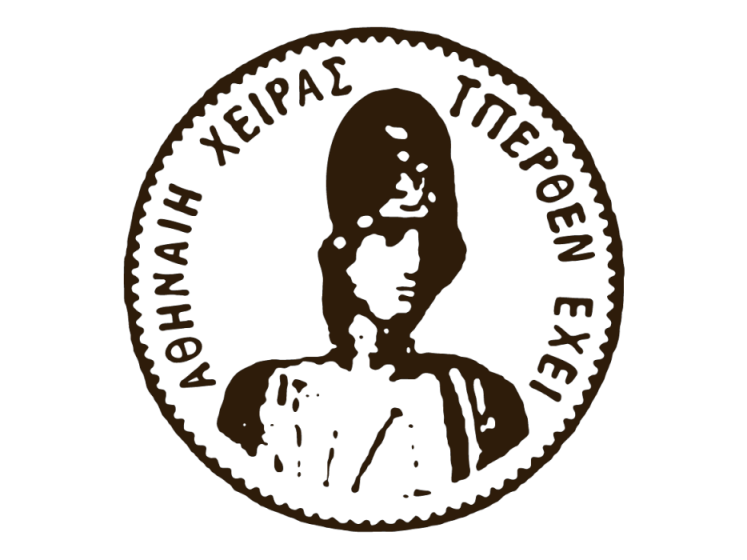DNA TOPOLOGY

This lecture will give an introduction to the topology and geometry of DNA. Cellular DNA is a long, thread-like molecule with remarkably complex topology. Enzymes that manipulate and carefully control the geometry and topology of cellular DNA perform many important cellular
processes (including segregation of daughter chromosomes, gene regulation, DNA repair, and generation of antibody diversity). Some enzymes pass DNA through itself via enzyme-bridged transient breaks in the DNA; other enzymes break the DNA apart and reconnect it to different ends. In the topological approach to enzymology, circular DNA is incubated with an enzyme, producing an enzyme signature in the form of DNA knots and links. By observing the changes in DNA geometry (supercoiling) and topology (knotting and linking) due to enzyme action, the enzyme binding and mechanism can often be characterized. This talk is intended for a general scientific audience, and will discuss topological models for DNA strand passage and exchange, including the analysis of topoisomerase experiments on circular DNA using knot theory.

